A new stability shoe bombshell has entered the villa–the Hoka Arahi 8. Completely re-designed from its previous self, this stability shoe has all the comfort and cushion you would expect from a Hoka, without losing the much needed support.
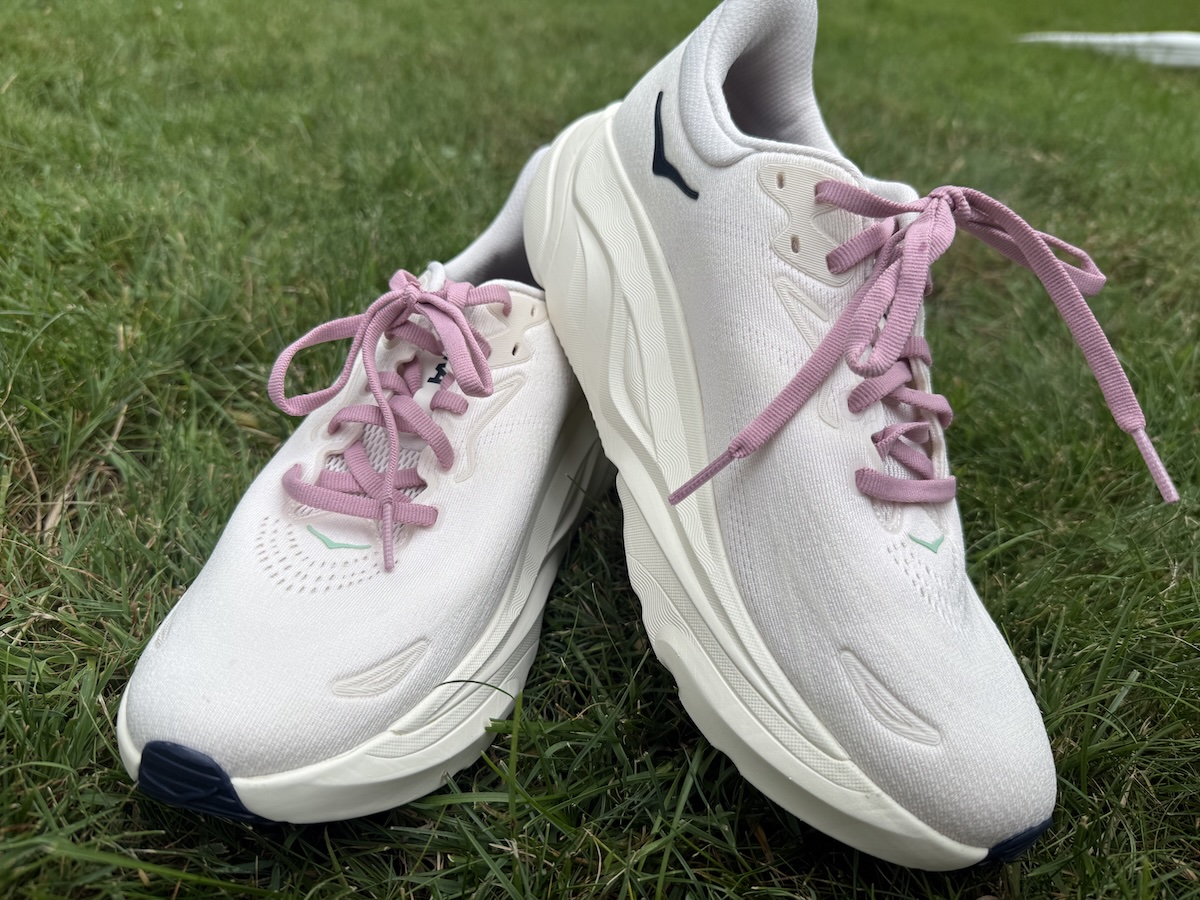 Softer and more flexible than your usual stability shoe, the Hoka Arahi 8 maintains a solid sense of balance throughout the shoe while allowing for a smooth and comfortable ride. It’s not the fastest shoe, but if you’re putting on the miles in training or heading out for a long run, the Hoka Arahi 8 should be at the top of your list to try.
Softer and more flexible than your usual stability shoe, the Hoka Arahi 8 maintains a solid sense of balance throughout the shoe while allowing for a smooth and comfortable ride. It’s not the fastest shoe, but if you’re putting on the miles in training or heading out for a long run, the Hoka Arahi 8 should be at the top of your list to try.
Did a total makeover of this bombshell of a shoe just give it a sleeker look? Or will the performance of the Hoka Arahi 8 also match the improvements to its design? We put it to the test to see how it measures up in the stability shoe category!
Who Is It Good For?
- Wide Feet: With both wide and extra wide options available, this is a great option for those who need a little more room!
- Heavier Runners: A go-to choice for foam that feels stable and durable, with a nice cushion.
- Long Runs: A smooth and balanced ride that will keep the feet comfortable on those long days.
- Front of the Pack: Grab these for a recovery run or for some extra-soft long miles, but I’d leave them home when you’re looking for a little speed.
This shoe is great for easy and long training runs, especially with extra space in the toebox.
Hoka Arahi 8 Overview
Being a runner who loves some plush shoes, I was excited to put the Hoka Arahi 8 to the test. They’re light, flexible, and have a sleek and comfortable look. With soft double jacquard mesh, flared heel, and padded tongue design these shoes have a barely there feel–in a good way!
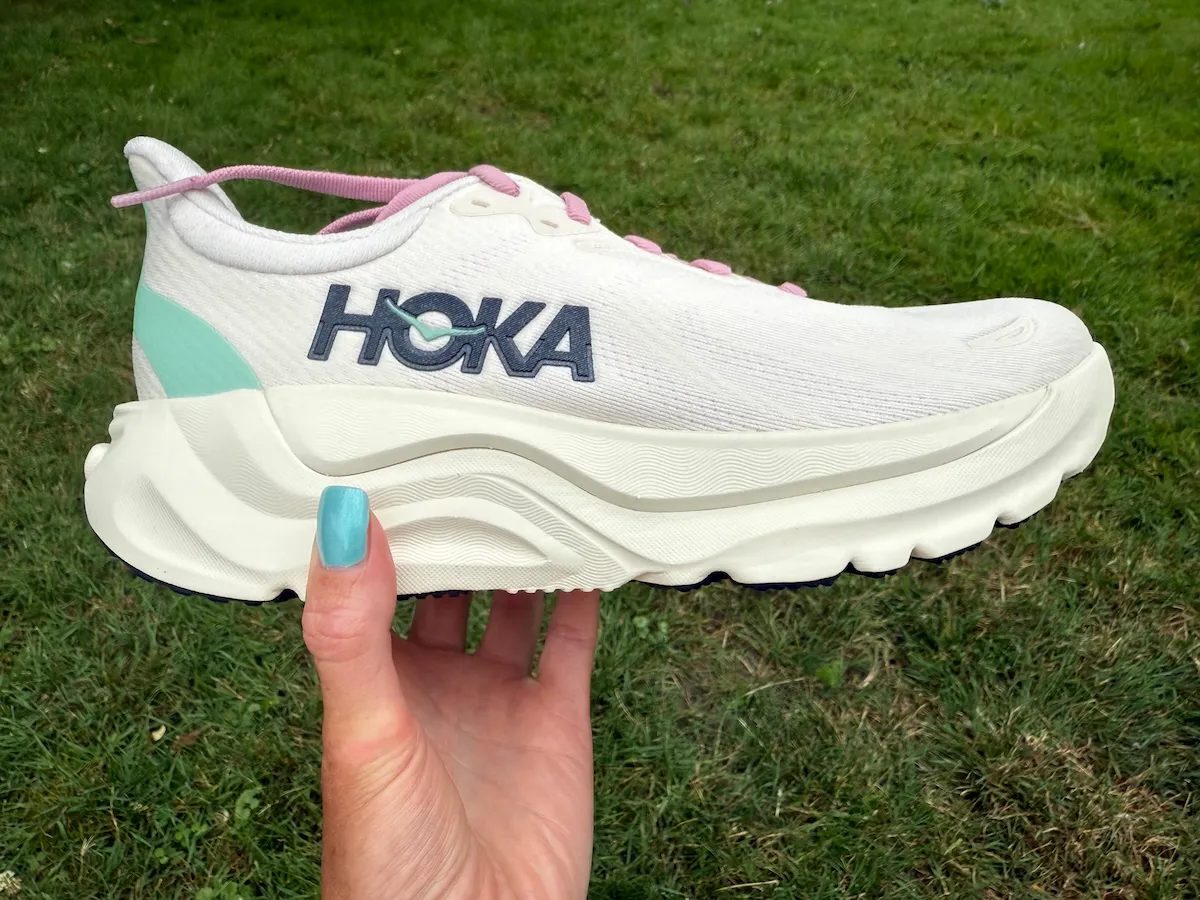 One big upgrade from the previous models is the support system Hoka opted for, switching from J-Frame stability to H-Frame stability technology.
One big upgrade from the previous models is the support system Hoka opted for, switching from J-Frame stability to H-Frame stability technology.
This shifted the support from just the medial side (or inside) of the foot to both the medial and lateral sides allows the shoe to keep the material directly under the forefoot and heel making it a more balanced and less stiff ride, great for overpronators.
I took the Hoka Arahi 8 on some solid hour runs and was pleased with how the ride and cushion felt throughout my whole foot. Hoka added 3mm to the stack height from the previous model, changing the heel-to-toe drop while adding more comfort, support and durability.
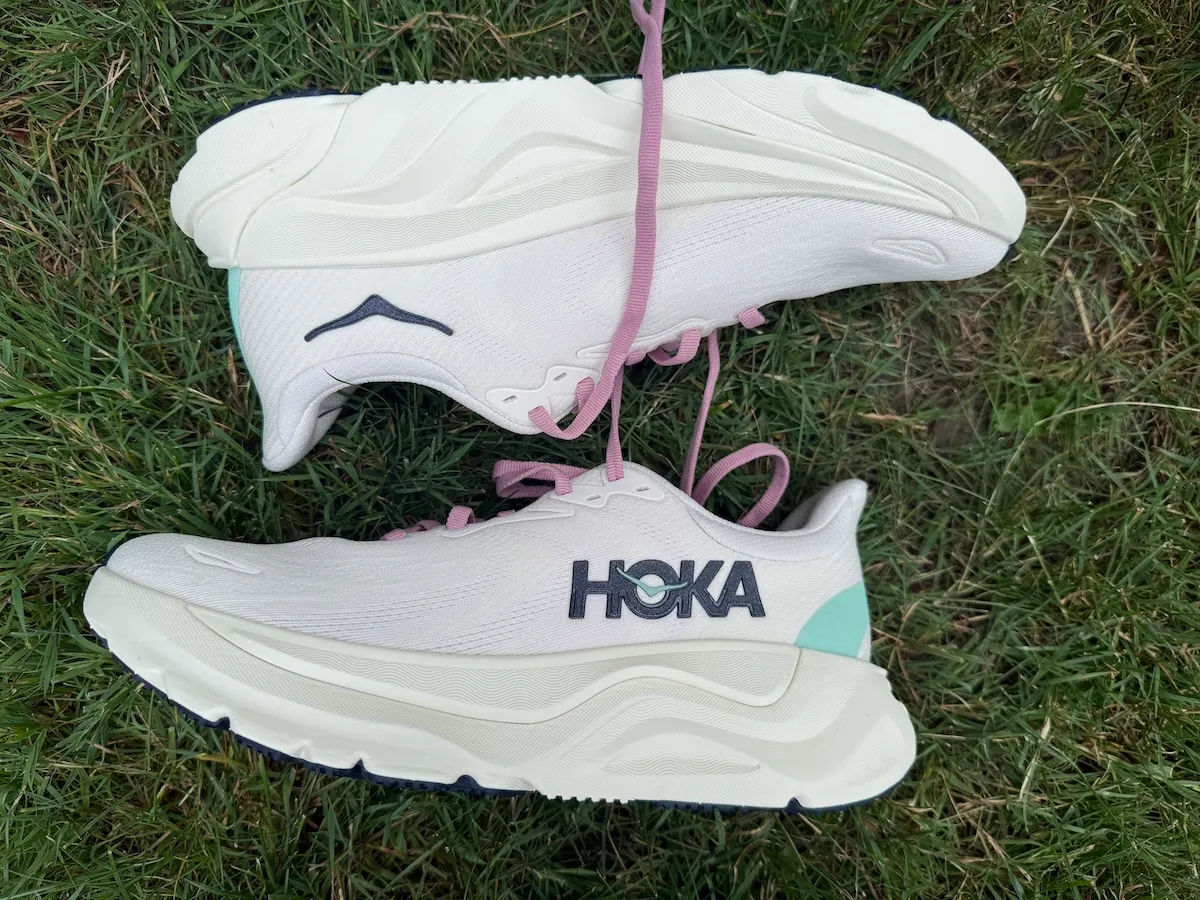 I’d opt to leave these shoes at home on track workout days, but could see them working well through some striders and a little bit of higher leg-turnover work.
I’d opt to leave these shoes at home on track workout days, but could see them working well through some striders and a little bit of higher leg-turnover work.
Tester Gillian: I have been a long time Hoka Arahi fan, I think I went through 4-5 pairs before I decided maybe I should expand my horizons. So I was stoked when they brought the new Arahi 8 as demo shoes to a group run. Not only did I recall why I loved them so much in the past, but they got so much better with the upgraded foams and H-Frame system! Just good, easy, cushioned (but not too much) miles.
Hoka Arahi 8 Specifications
- Weight: 9.8 oz Men’s, 7.7 oz Women’s
- Stack Height: 39 mm/31 mm Men’s, 37 mm/29 mm Women’s
- Heel Drop: 8 mm
- Available inSix colors
- Available in wide and extra wide
- Available on hoka.com for $150.00
For a cushioned stability shoe the look is surprisingly sleek and I love the simple and bold color options!
Quick Take
- More balanced stability
- Very sleek for a cushioned shoe
- 3 mm more cushion feels nice
- Not built for speed
- May run a little big in the toe box
- Some may prefer a stiffer sole
Hoka Arahi 8 Fit
The biggest thing I noticed was the sizing on these shoes. I am typically a Women’s 8.5 in most brands of running shoes, but next time I’d go down a half size in these. They fit well in my midfoot but I definitely have some extra space at the top of the toebox.
I have a pretty normal sized foot, so I noticed there’s more space in the toebox overall which is a plus for those with wider feet.
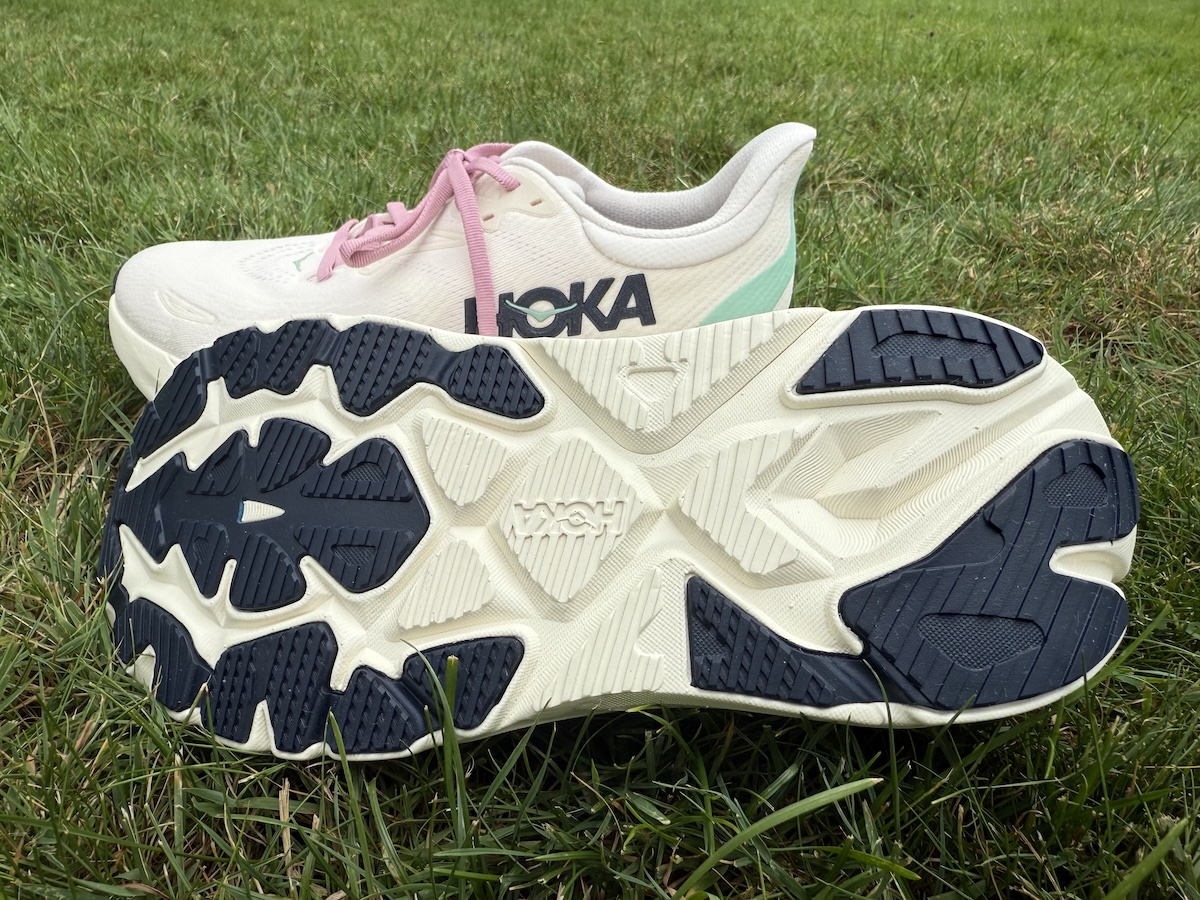 The rest of the shoe was nothing but comfortable– with a padded gusseted tongue and soft mesh, these felt like they were barely there. The heel has a little less padding than other shoes out there but my feet still felt comfortable and secure.
The rest of the shoe was nothing but comfortable– with a padded gusseted tongue and soft mesh, these felt like they were barely there. The heel has a little less padding than other shoes out there but my feet still felt comfortable and secure.
They’re breathable and stable, even with the midfoot cushion, making them a nice change of pace in the clunky stability shoe world.
Hoka Arahi 8 Feel
The feel was light and balanced through my whole foot and as I got into my first run in these shoes, the ride was smooth yet supported. The heel and midfoot felt secure but not overly tight even with some extra space in the toebox.
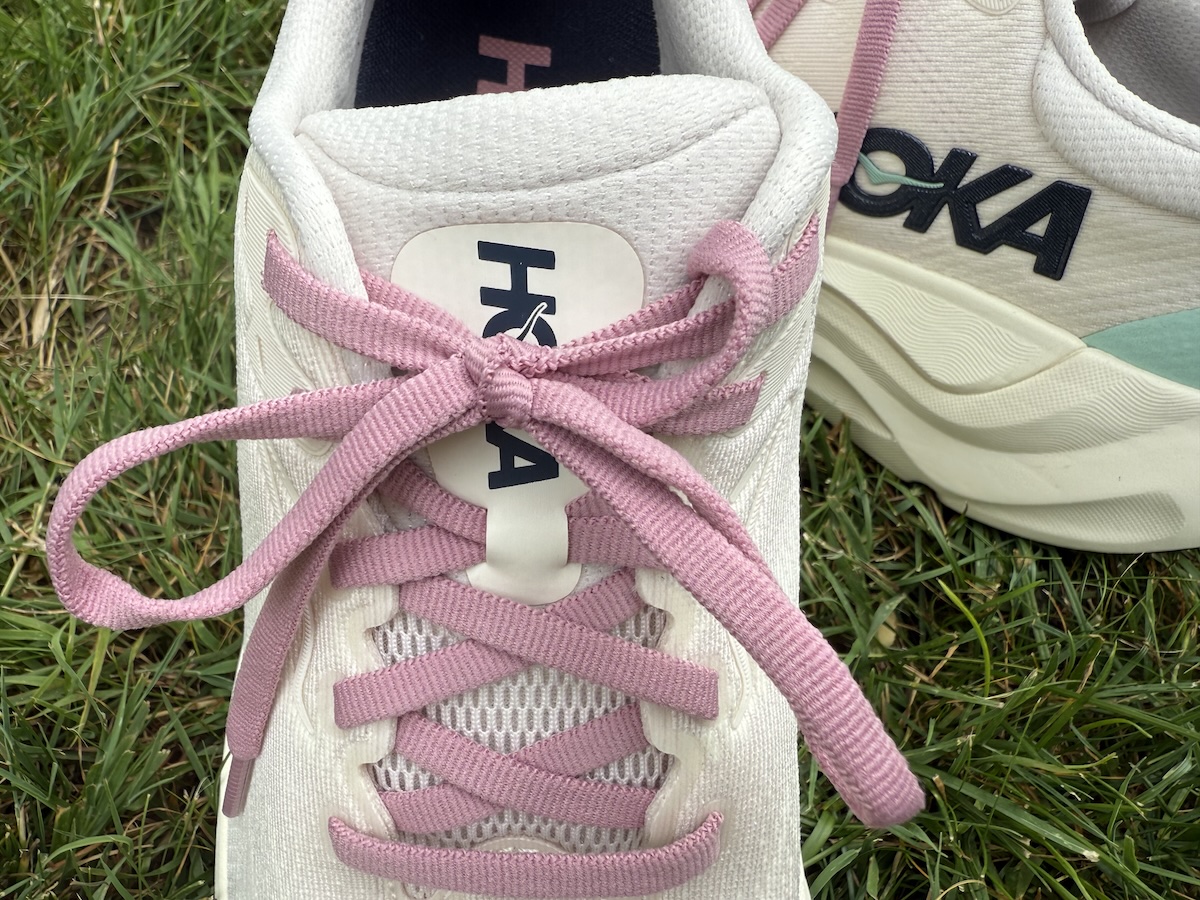 Even with an additional 3mm of foam from previous models this shoe felt light and had a little bounce to it— if you’re someone who needs a lot of support and prefers a more rigid shoe, this might not be the choice for you.
Even with an additional 3mm of foam from previous models this shoe felt light and had a little bounce to it— if you’re someone who needs a lot of support and prefers a more rigid shoe, this might not be the choice for you.
I have been a long-time fan of the Brooks Glycerin GTS for all my stability running shoe needs and putting the Hoka Arahi 8 in the rotation has been a welcome change of pace! Some days I still opt for the bit more rigid and less-cushioned feel of the Brooks Glycerin GTS, especially if I am working in some speed or tempo miles.
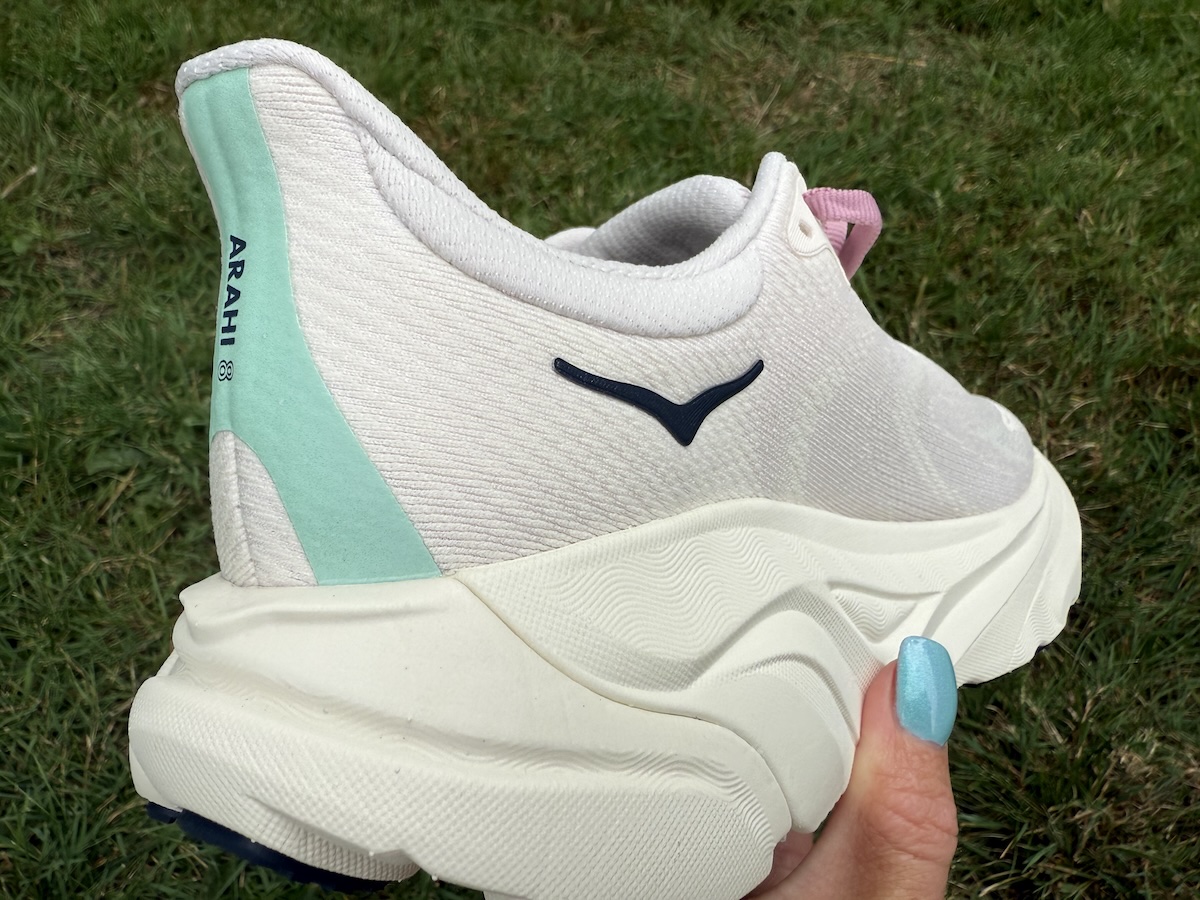 Besides all the upgrades to the structure, one of my favorite details is the heel collar. It may look like its very tall and flaired at the back, but it appears that way due to the lower cut sides. For me, this made for a very comfortable, open, airy fit while still being secure. I personally am adding these to my list for when I need a new daily trainer.
Besides all the upgrades to the structure, one of my favorite details is the heel collar. It may look like its very tall and flaired at the back, but it appears that way due to the lower cut sides. For me, this made for a very comfortable, open, airy fit while still being secure. I personally am adding these to my list for when I need a new daily trainer.
Similar Shoes to the Hoka Arahi 8
- Brooks Glycerin GTS: I just can’t get enough of Brooks Guiderail stability technology to feel supported but get a bit more comfort with the DNA Loft V3 midsole foam.
- ASICS Gel Kayano 32: Slightly higher drop, a little heavier and not as cushioned as the Arahi
- Saucony Hurricane 25: Super cushioned stability shoe that also leans towards a neutral shoe
All around this stability shoe is a winner. We love the updated support structure, the roomy toebox, the cushioned feel. Folks who need a more structured stability may not like it, but we love it.Our Verdict
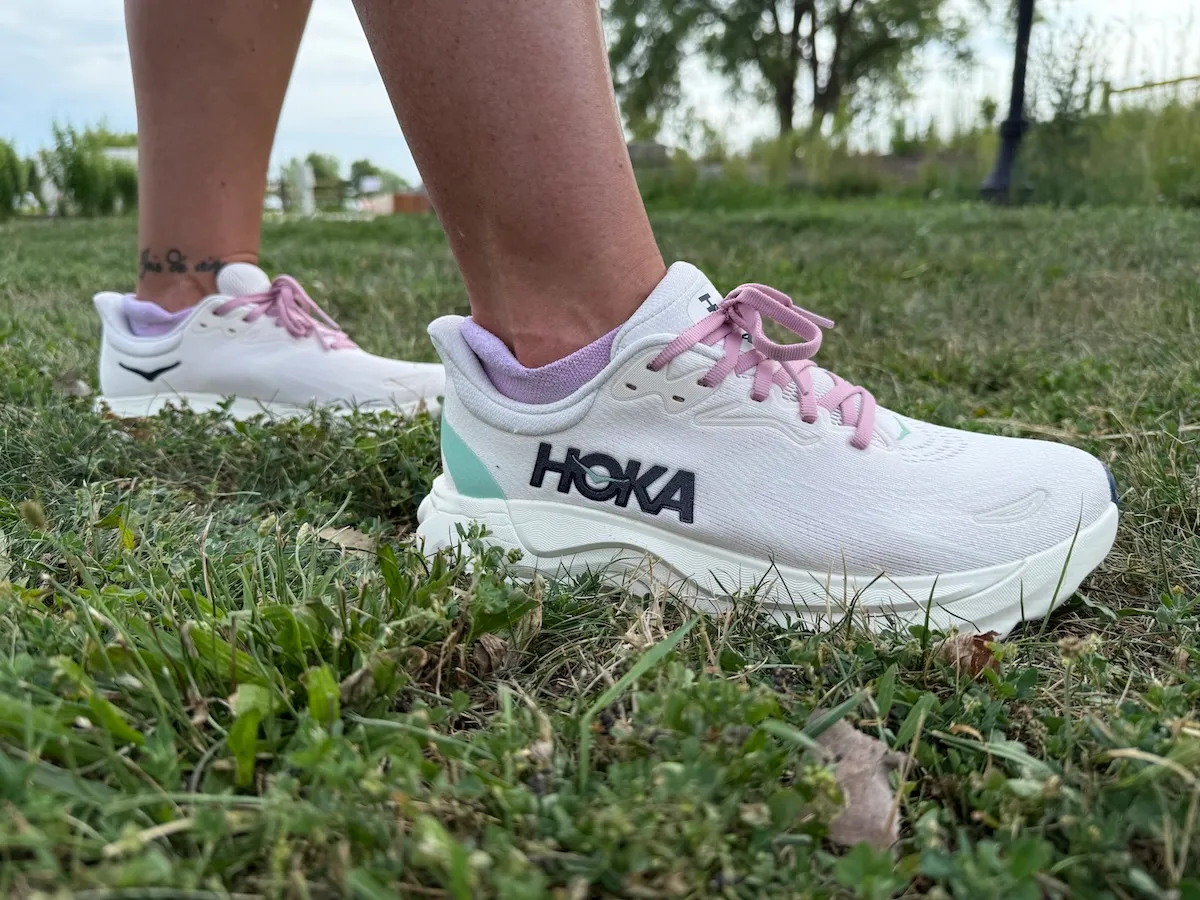
Who Tried It?
Stevie Lyn Smith is a Registered Dietitian and avid endurance athlete. As a Board Certified Specialist in Sports Dietetics and former Ironman distance triathlete, she combines her passion for endurance athletics with evidence-based nutrition practices to help individuals reach their health and performance goals. As an ultra-endurance athlete with 10 Ironman finishes under her belt, she understands firsthand the crucial role nutrition plays in both performance and everyday life.
When she’s not swimming, biking, or running you can find her outside exploring new trails with her dog or trying new recipes in her kitchen. You can follow along on our adventures over on instagram!
What to read next?
- Checkout our best stability shoes for runners
- Or see ALL of our stability shoe reviews
- Learn about heel drop and why it matters



 On Cloudsurfer Max Review | The On Cloudeclipse Replacement is a Bust
On Cloudsurfer Max Review | The On Cloudeclipse Replacement is a Bust